- a lightweight and efficient method to render layered materials with anisotropic interfaces
- based around GGX BRDF lobes approximations when aligned with the tangent frame
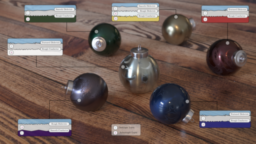
- overview of two new libraries developed by Oculus and Qualcomm to expose low-level profiling information designed for tile-based architectures
- Ovrgpuprofiler is a CLI application that provides access to assembled real-time metric details based on the low-level information

- the article presents how to use stochastic LOD selection for a DXR based ray-tracer
- the given technique uses a combination of ray and instance mask to influence the ray selection
- discusses the importance of selecting consistent LODs between rays and shows a performance comparison
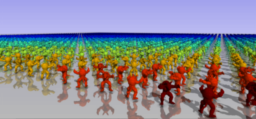
- the article explains how Oodle Texture can prepare BC textures in such a way that secondary compressions stages (such as zlib) will be able to compress it further
- shows what Rate-Distortion Optimization is and presents considerations regarding the importance of error estimators
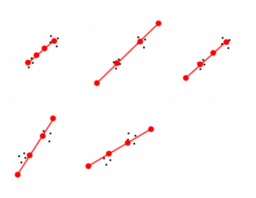
- the article presents CUDA for WSL 2, how to use it and additionally shows how it cooperates with container workloads
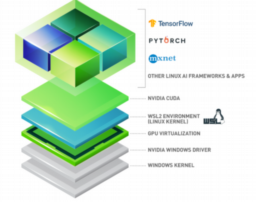
- the paper presents to Welch’s statistical t-test can be used to detect bias even with low sample counts
- presents techniques to visualize and analyze the test results
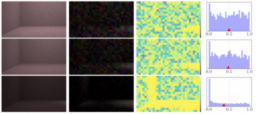
- the article contains the answers to some common question viewers of the Ray Tracing Essentials webinar had

- an extensive collection resource covering various aspects of GPU optimizations

- the article presents how to create a running rat animation using a vertex shader
- this is archived by using UV partitioning to apply different animations to different body parts

- the first part of a WebGPU series shows the necessary steps required to render the first triangle

- this tutorial explains how to bind resources and uses this to add basic camera movement support

- the paper presents a technique that allows Cumulative Distribution Functions that cannot be inverted to still offer an analytical and exact solution
- shows the method at the example of a unit square, stratified sampling of a truncated disk and torus

- overview of cross-platform raytracing abstraction in “The Forge” and a summary of performance numbers on different platforms
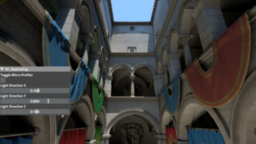
- the paper presents the sky and atmosphere model developed by Epic Games that support dynamic viewpoints between planet surface and space
- support different weather and planetary atmospheric settings without high dimensional lookup tables
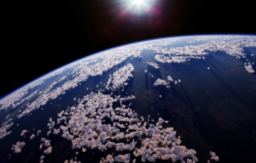
- the video tutorial explains UV animation, extending this to support varying animations between pixels using flow maps
- uses the presented technique to implement a movement of a planet atmosphere using the Godot engine

Thanks to Angel Ortiz for support of this series.
Would you like to see your name here too? Become a Patreon of this series.
